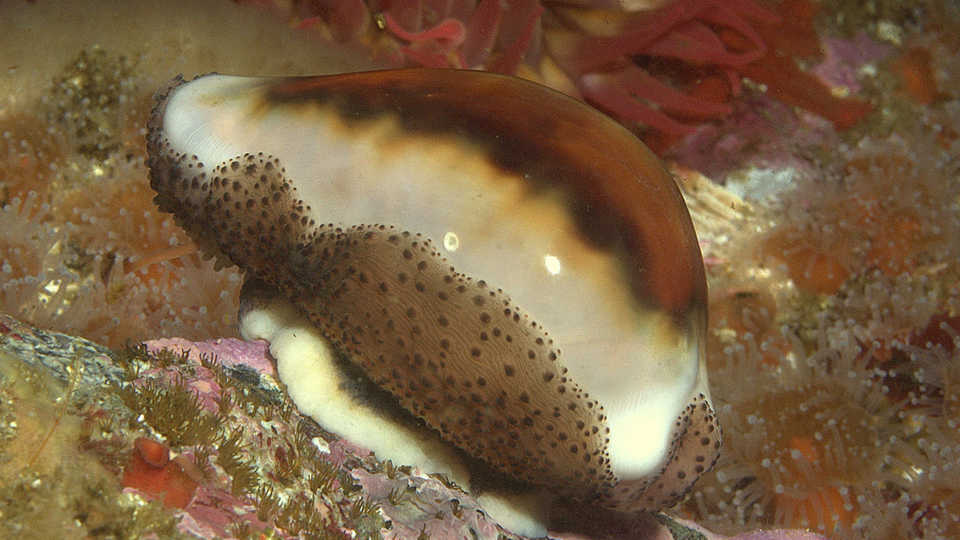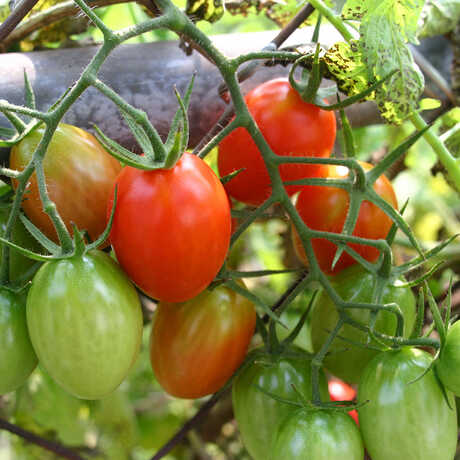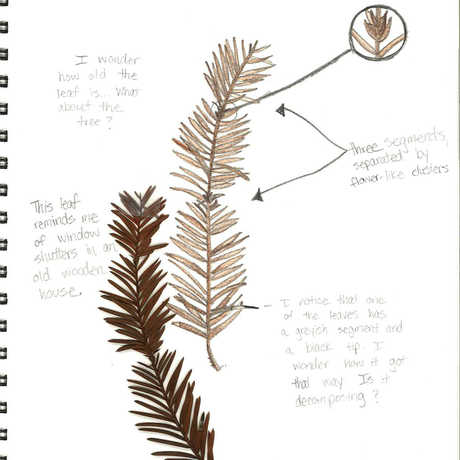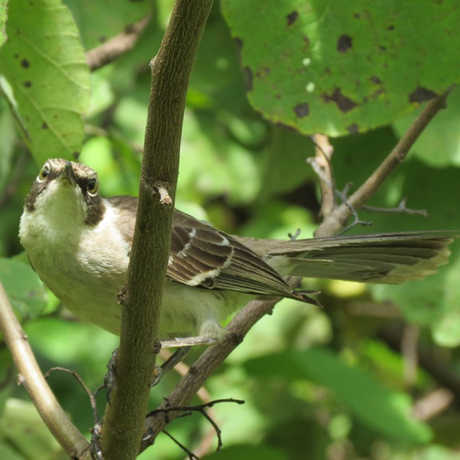“Variation fuels the process of evolution. No two individuals of any species are exactly alike. Even if they look similar, differences in their genes distinguish one from the other. While subtle, those differences may allow some to live longer and produce more offspring than others. That process – called natural selection – drives evolution.” – California Academy of Sciences exhibit text.
Variation is a fundamental prerequisite in order for evolution to occur. To see natural variation, all you have to do is look around you. Human beings, as with all species, exhibit a range of natural variation that is visible. We have different shaped faces, different eye colors, different skin colors, and much more. We also have variations that are not visible in our appearance, yet they are observable, such as human blood type.
These natural variations within a single species arise for a variety of reasons. One major reason that organisms who reproduce sexually have variation is because each individual has a different combination of genes inherited from their parents. But, there is still some variation in variation as is clearly evident in siblings who have the same parents but inherit different genes making them genetically different from one another.
In addition to genetic variation resulting from parents, other causes of genetic variation include the movement of genes from one population to another (gene flow), and changes in the DNA (mutations), which are constantly arising within natural populations.
Furthermore, variation can be a result of different environmental factors. For example, an animal that has access to larger prey may grow larger, while an animal that has only access to smaller prey may not grow as big.
In this activity - Observing Variation – students will observe variation within a single species. Practicing observation is an important scientific skill. After all, Darwin’s observation of variation within and between species was the initial step in his development of the theory of evolution by natural selection.



